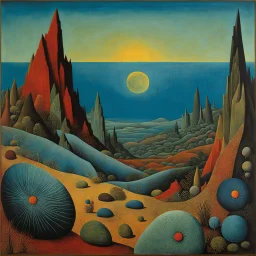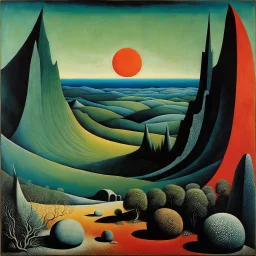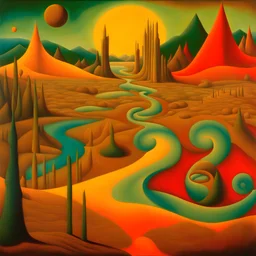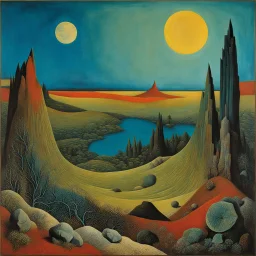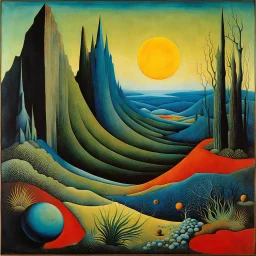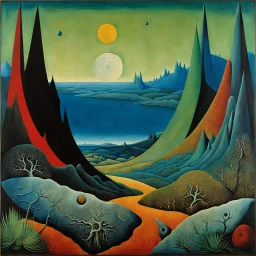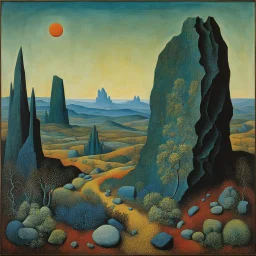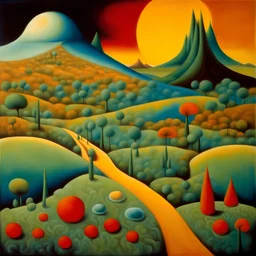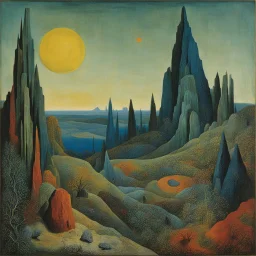
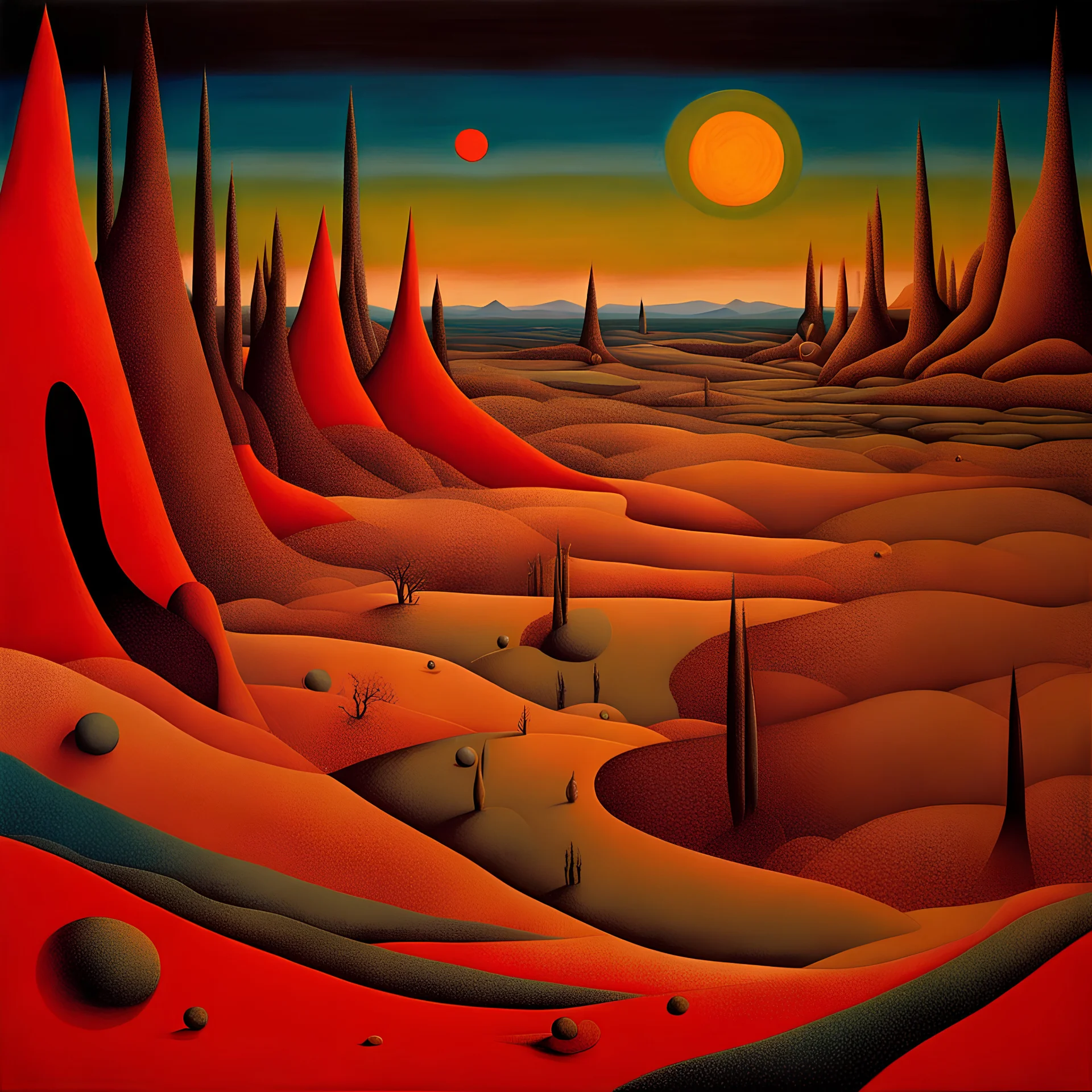
@Mabaaigen
Prompt
Surreal essence of a dreamlike landscape, inspired by the poetic and emotionally rich style of Max Ernst, vivid colors, enigmatic forms, and an underlying sense of mystery that resonates with the viewer's emotions
Light colors
2 years ago
Model
SDXL
Guidance Scale
12
Dimensions
4096 × 4096


